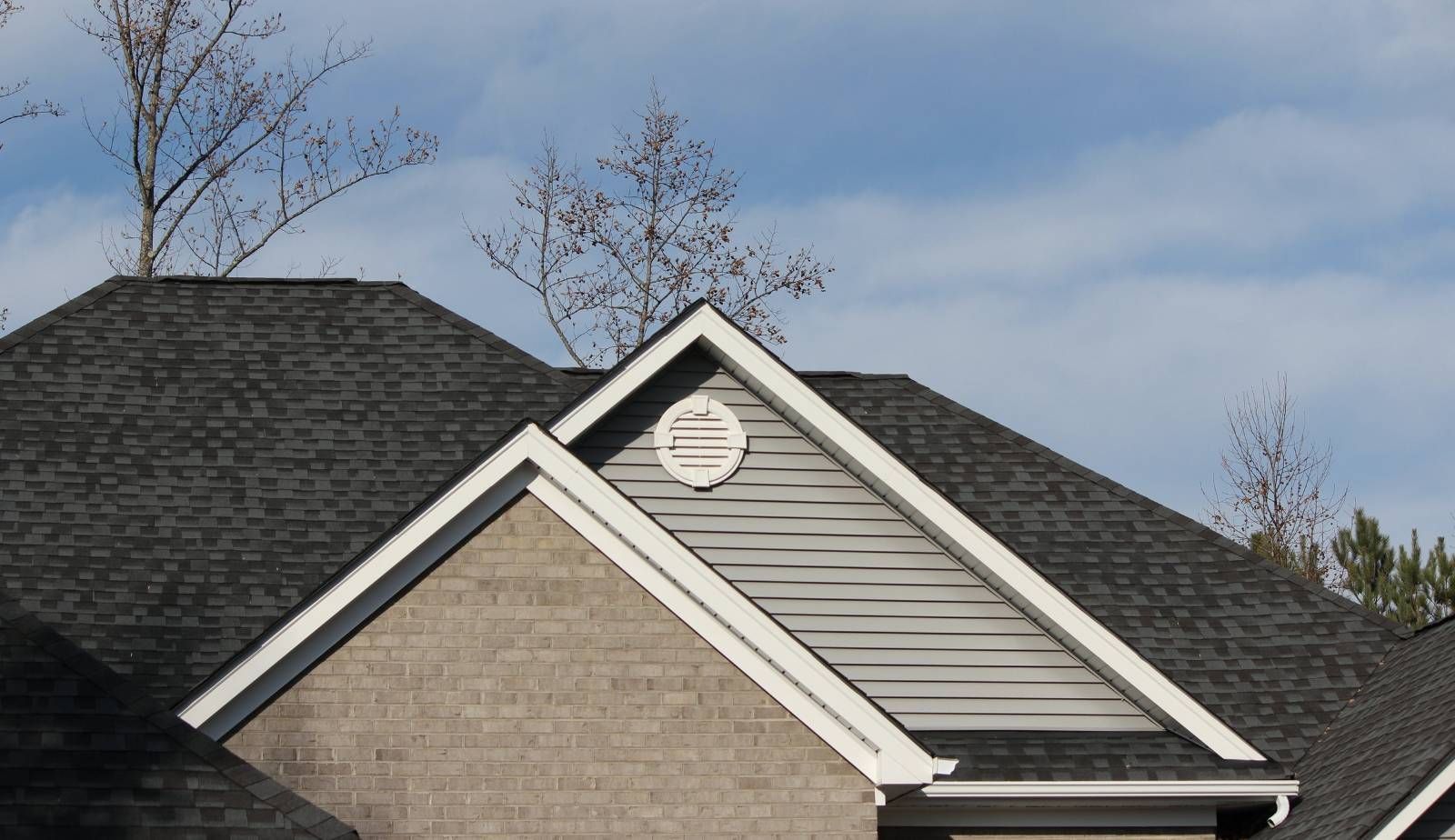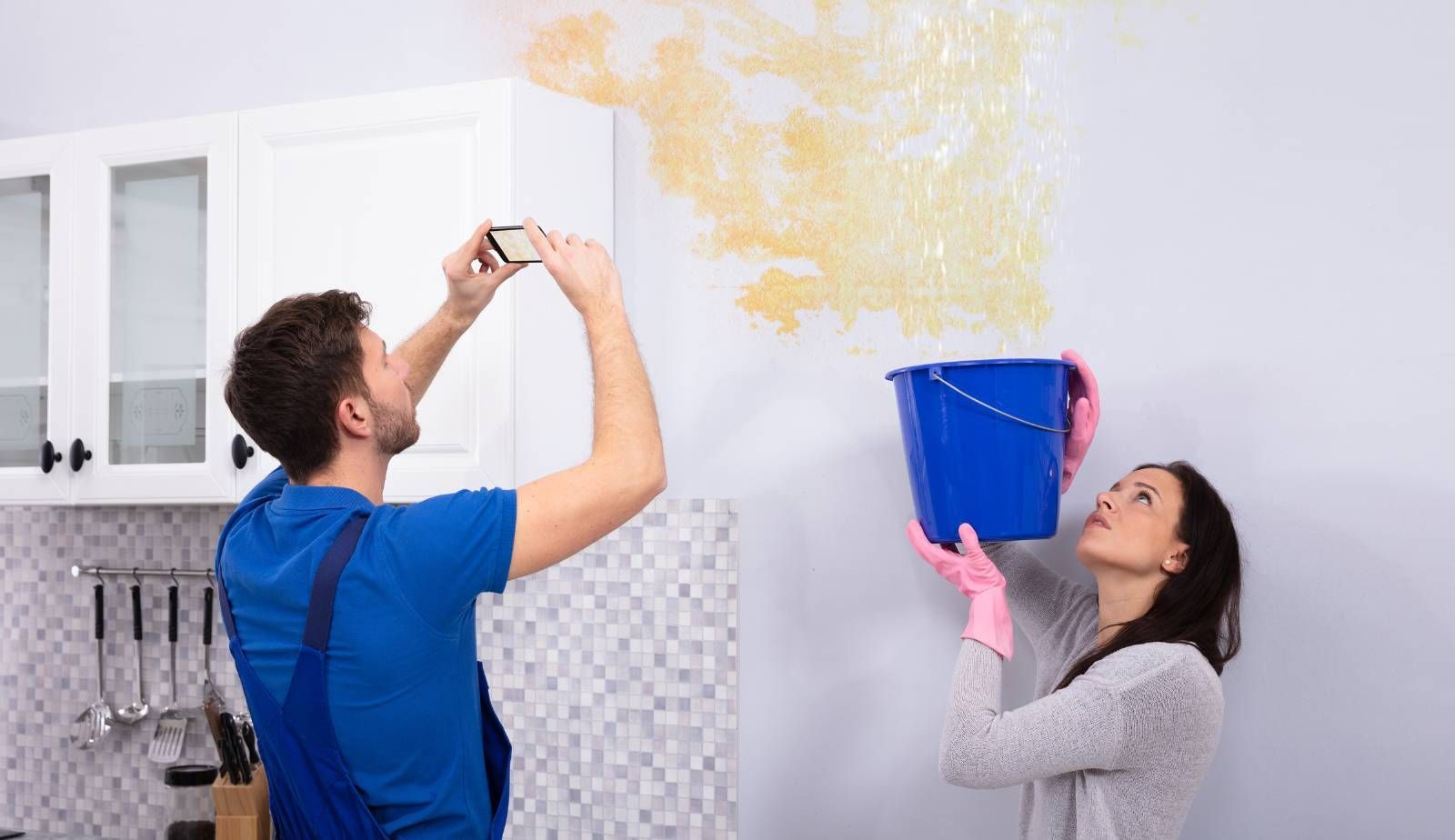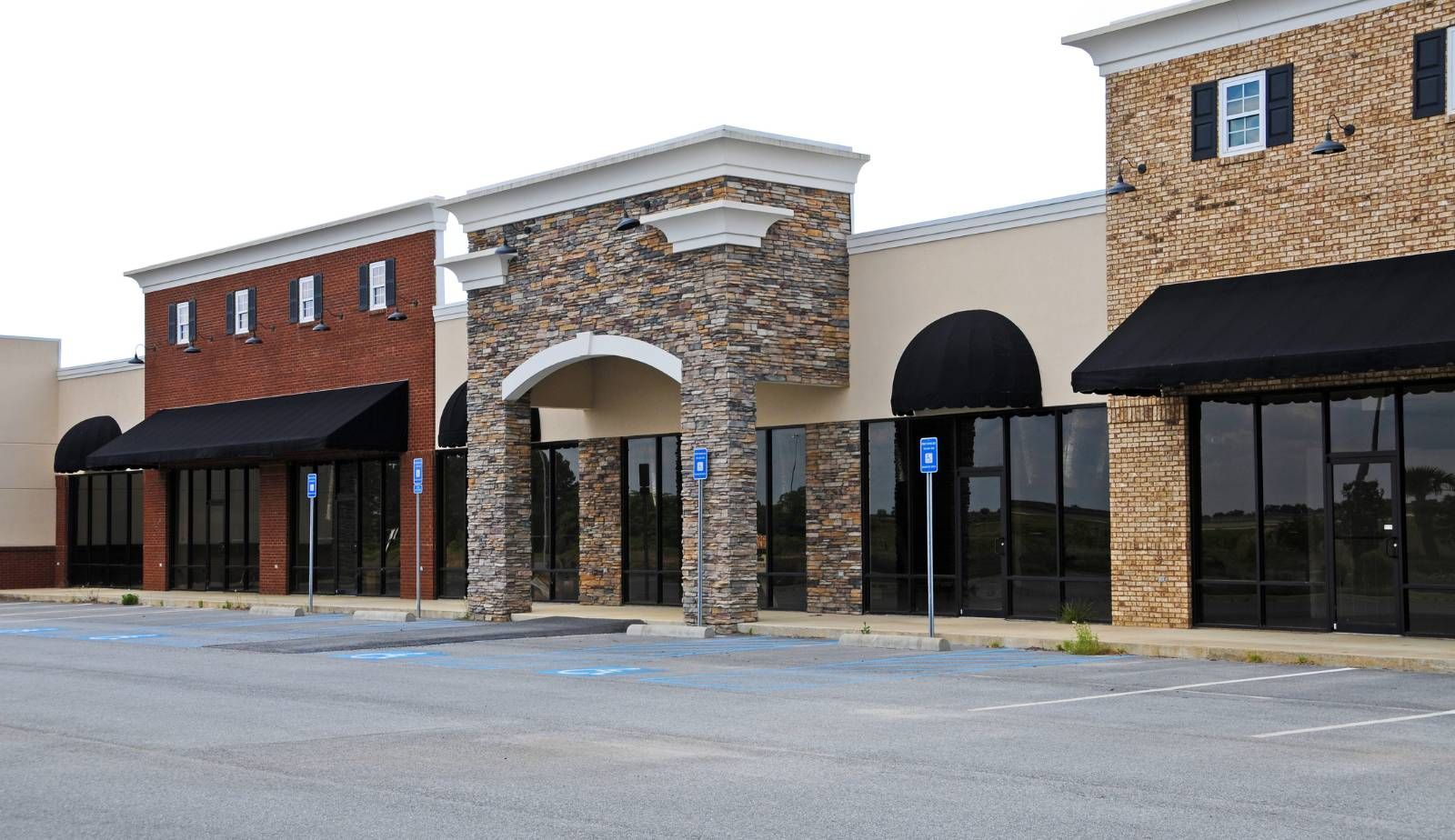Keep an Eye Open for Home Water Damage
The Most Common Types of Water Damage in Lake Charles, LA
It is crucial to regularly inspect your home for water damage, as this issue can lead to significant and costly problems if left unchecked. Water damage can cause structural damage to your home, create an environment for mold growth, and pose health risks to you and your family. In addition, water damage can also lead to electrical damage, compromising the safety of your appliances and electronics. By conducting regular inspections, homeowners can identify and address water damage early, minimizing the potential for harm and saving themselves the expense of extensive repairs. Regularly checking for water damage is a vital aspect of home maintenance, and taking the necessary steps to prevent or repair it can help ensure the longevity and safety of your home.
Water damage can occur in a variety of ways, and it is essential for homeowners to be aware of the most common causes so that they can take steps to prevent it from happening. Some of the most common examples of water damage include:
1. Leaking Pipes: One of the most common causes of water damage is leaking pipes. This can be the result of old, worn-out pipes, improperly installed pipes, or pipes that have become damaged due to freezing temperatures.
2. Overflowing Sinks, Toilets, and Bathtubs: Sinks, toilets, and bathtubs can overflow due to clogs, broken pipes, or other causes. This can lead to water damage in the surrounding areas, including the flooring, walls, and ceiling.
3. Heavy Rains: Heavy rains can cause water to seep into a home, leading to water damage in the basement, crawlspace, or other areas.
4. Damaged Roofs: Damaged roofs can allow water to enter a home, leading to water damage in the attic, walls, and ceilings.
5. Flooding: Flooding can be the result of heavy rains, melting snow, or other sources. Flooding can cause significant water damage, especially in areas that are susceptible to flash flooding.
6. Appliance Leaks: Leaks from appliances, such as washing machines, dishwashers, and refrigerators, can also cause water damage.
7. Natural Disasters: Natural disasters, such as hurricanes, tornadoes, and earthquakes, can cause significant water damage by breaking windows, damaging roofs, and causing flooding.
In each of these cases, the key factor in water damage is the amount of time that the water is allowed to sit in the home. The longer the water is allowed to stand, the greater the potential for damage to occur. Homeowners should take steps to address water damage promptly and properly to minimize the damage and prevent long-term consequences.
You might also like
DryMax Restoration Blogs




